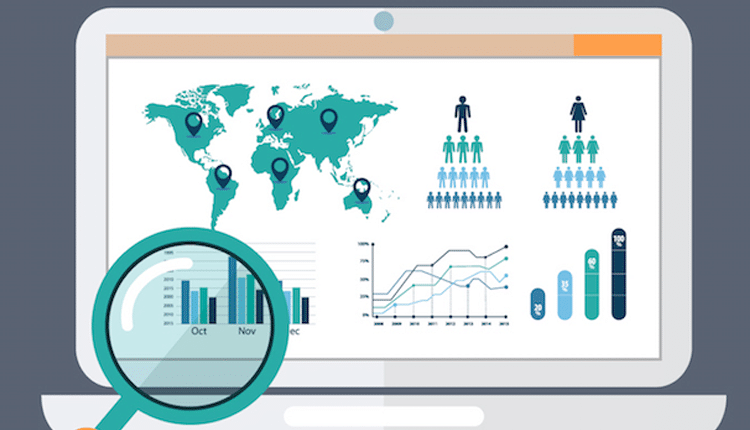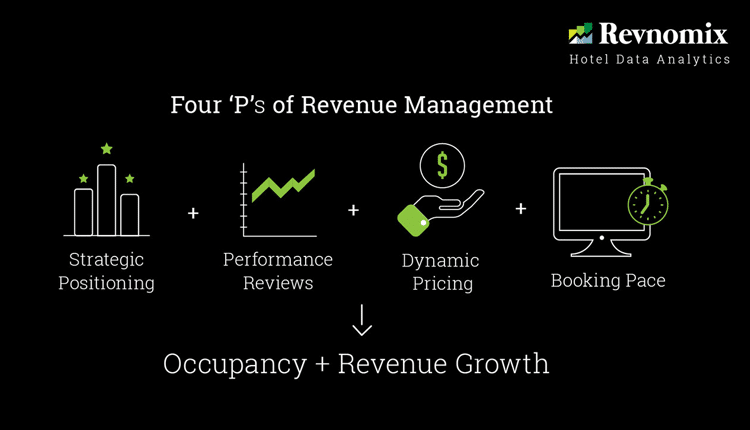In today’s digital era deficient data is not a problem. In contrary, there is enough data available to take appropriate decisions. Now the challenge is to use the right data in the right process to draw the right decisions. A better data analysis facilitates an organization to use data in a better way while enabling data-driven decision making at every level. Data Analysis is a major step in this process of enabling the business to take better decisions.
Here are 5 important steps of data analysis –
1) Identify the objectives
It is said “If you understand a problem thoroughly, you have half solved it”. Similarly, the objectives of data analysis must be identified and defined in detail. This will help in maintaining the focus on achieving the desired results. For example, if the hotel is struggling to sell its rooms, some relevant objectives may be figure out, “Is the hotel overpricing its rooms?” or “How is the competitions’ product different?”
2) Identify the metrics for measurement
Identifying the goals (or objectives) and measures before starting the process provides the direction and avoids meaningless data analysis and determines exactly what data is needed as well. All the data that is gathered to achieve the objectives, can be converted into useful information that will assist the organization in its decision making. In case the goal of data analysis is to increase the repeat guests at the hotel, one of the metrics can be percentage of repeat guests to the overall guests over a period of time. Accordingly, the guest history data is required.
Key points to consider while deciding the measuring criteria:
a) Time Frame (e.g. month, quarter or year)
b) Unit of measurement (e.g. Indian Rupees or US Dollars)
c) Inclusions (e.g. Competition set, Room Types, Market Segment, etc.)
3) Data Collection
It is always good to collect more data and especially from more diverse sources. This helps in finding more actionable insights. Sometimes it might appear that the individual records are useless, however, having every detail available for analysis can turn out to be invaluable. Here are few pointers to consider while collecting data –
a) Data Availability: It is always advisable to check the data availability. There is no point in duplicating a work if the data is already available in any of the existing databases or sources on hand.
b) Data Validation: This is the most critical step in the data analysis. Even the best analytical tools can generate the wrong results and lead to misleading business decisions due to junk data. Hence it is important to validate and clean the data.
c) Data Quality: The Data Quality is very important for the success of any data analysis. It is very important to correct the data before using it. The corrections can be like –
i. Correcting the spelling mistakes,
ii. Handling missing data and
iii. Removing any junk information.
d) Organising the data: Data file sorting and storing process
4) Analyse Data
There are many tools and languages available to carry out the data analysis, from the very advanced ones like SAS, SPSS, Tableau, Python, R to very basic and easy and most common ones like MS Excel. MS Excel is one of the easily available and widely used tools across the industries. Even in hotels, it is the most popularly used tool for all analytical works. The initial analysis of trends and identification of outliers will help in focusing the Data Analysis on achieving the prior set objectives.
a) Descriptive Statistics can be used to summarize the information that has been gathered. The measures like average, Median, etc. help to determine the overall trends and are easy to calculate and comprehend.
b) One can use graphs, charts, and tables or pictures for Data Visualization to communicate the information in an effective way. Using Data Visualization techniques, a very complex data can be represented in a simplified and understandable manner. For example, using the Rate Shopping data a hotel can plot line graphs to visualize how the hotel pricing is as compared to its Competition. The visualization process helps in quickly spot the issues in pricing, in the above example, and take corrective steps.
c) A Data Analyst can use different techniques if the chosen one helps in achieving the objectives. However, during the Data Analysis process, one must look for:
i. Similarities and differences and
ii. Patterns and relationships
5) Interpreting the outcome
The analyzed data needs to be interpreted. The interpretation process has to answer following questions –
a) Does the analysis cover all the objectives set earlier?
b) Are there any inconclusive results?
c) Are there any limitations on the results?
d) Are there any new findings that were not accounted for earlier?
e) A negative answer for any of these questions may warrant for further research.
If interpretation of the data passes through all these questions and considerations, then it can be construed that a productive conclusion has emerged. The only remaining step is to utilize the results of data analysis process to make good data driven decisions.






